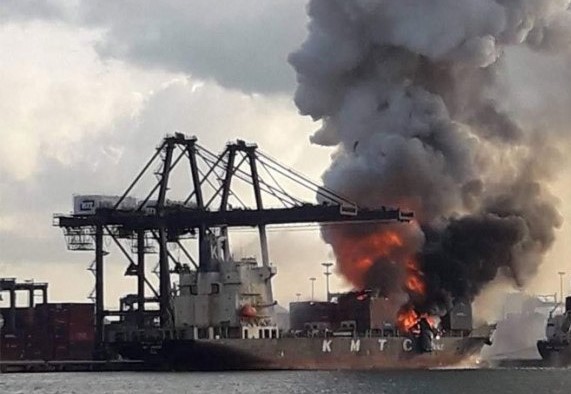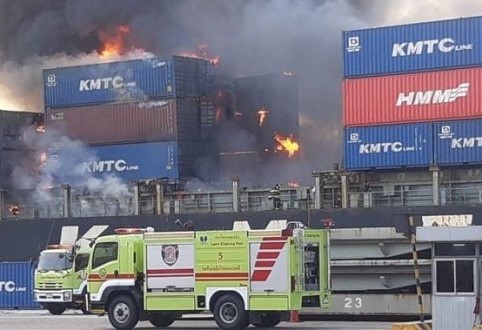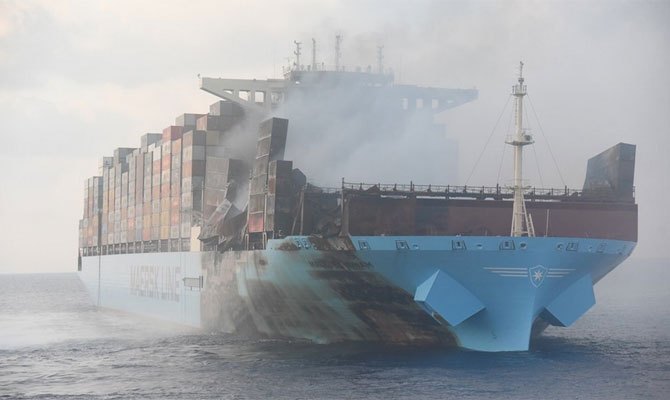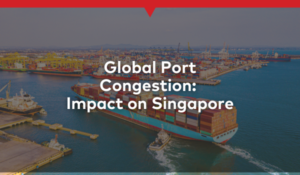Misdeclaration of Dangerous Goods
Defining Dangerous Goods
What comes to your mind when you think of the phrase ‘dangerous goods’? Explosives? Guns? Fair enough, but what we’re dealing with is actually slightly more complex than what we perceive. Dangerous goods come in various forms; solids, liquids, gases, pungent, odourless, a mixture of substances, a manufactured product, but all share a common effect when it comes to transportation – if not properly controlled will present a potential hazard to the health and safety of us all, including the environment.
The IMDG Code
To safeguard everyone involved in the process, the International Maritime Dangerous Goods code was created, and is updated every 2 years. The IMDG Code is accepted as an international guideline for the safe transportation of hazardous materials by sea, intended to not only protect crew members but to also prevent marine pollution by said goods.

Should we be concerned?
Absolutely! The hazardous effects can range from minimal to fatal; some can cause acidic burning of skin tissue or emit toxic fumes, others can be corrosive to metals, or even be explosive by nature when exposed to heat or react dangerously to water. The possibilities of these harmful effects are limitless and speaks for itself.
Case studies of accidents
If ‘burning of skin tissues’, ‘explosive by nature’, and ‘toxic fumes’ has done nothing to convince you, perhaps solid evidence might persuade you to take this matter seriously and take action.
A KMTC Hong Kong container ship with 35 containers on board, caught fire in Laem Chabang Thailand on 25th May earlier this year. The combination of Calcium Hypochlorite in 13 containers and Chlorinated Paraffin Wax in another 5 containers on board was the most likely cause of fire when the toxic chemicals ignited.


On a deadlier scale, the hazardous goods explosion in Tianjin, China on 2015 took the lives of 112 people.
Maersk Honam, one of Maersk’s ultra-large container ships, claimed the lives of 5 crew members when it caught fire in the Arabian Sea on 6th March 2018.

What has been done?
Acknowledging the gravity of the situation, transportation of these hazardous goods are highly regulated to prevent accidents. Shipping lines have stepped up and announced hefty fines for misdeclaration of dangerous goods.
For one, Maersk Line has implemented a set of new guidelines “Risk Based Dangerous Goods Stowage” after a thorough review of their current safety practices and policies. This includes adding a new customer declaration checkbox which is a required field when placing a booking on their website to ensure that they:
- Declared their cargo correctly
- Commit to stuffing their cargo safely in containers
- Aware that their containers could be subjected to inspection
Hapag-Lloyd has reportedly teamed up with IBM to develop the Cargo Patrol software which scans bookings for suspicious descriptions and penalize USD 15,000 per container for dangerous goods misdeclaration. Lines such as Evergreen, Hyundai Merchant Marine and OOCL have jumped on the bandwagon and seek to do the same. We are looking at fines ranging from USD 4,000 to USD 35,000 for misdeclarations.
The fee payable will depend on the extent of any disparity, with containers potentially being pulled out of service and put on hold if penalties are applicable. It drives home the message that it is ultimately the responsibility of all involved parties to ensure hazardous goods are properly declared and handled according to the IMDG regulations.
Conclusion
Shipping lines, exporters, importers, ship owners and especially shipping crew have faced the loss of lives, cargo, revenue, trade, time, all in the hands of ignorant shippers who fail to adhere to the dangerous goods regulations and misdeclare them. Don’t be one of them.
Questions?
We’re happy to help! Fill in the form below and we’ll get back to you shortly.






